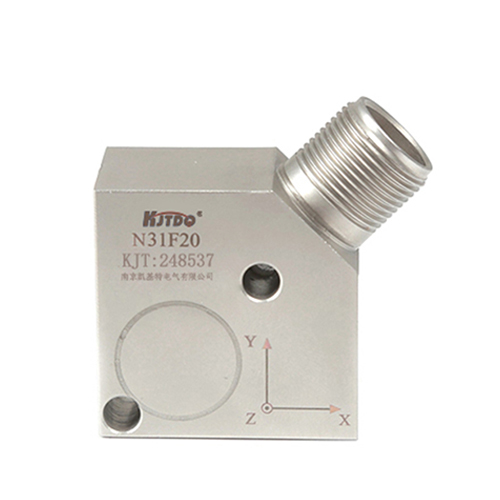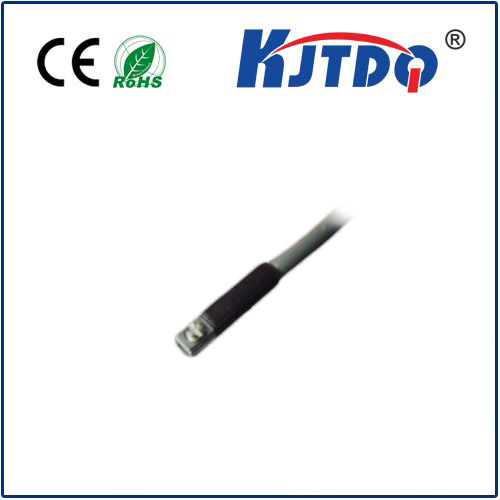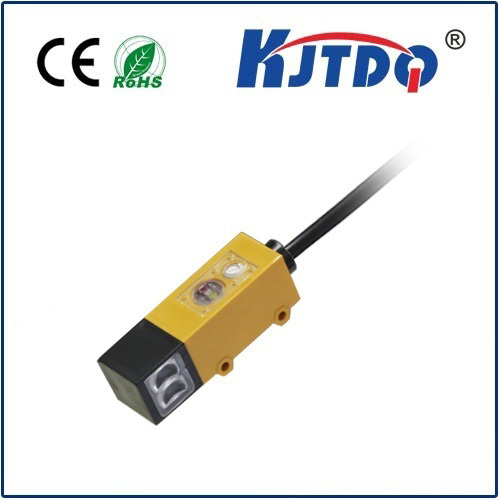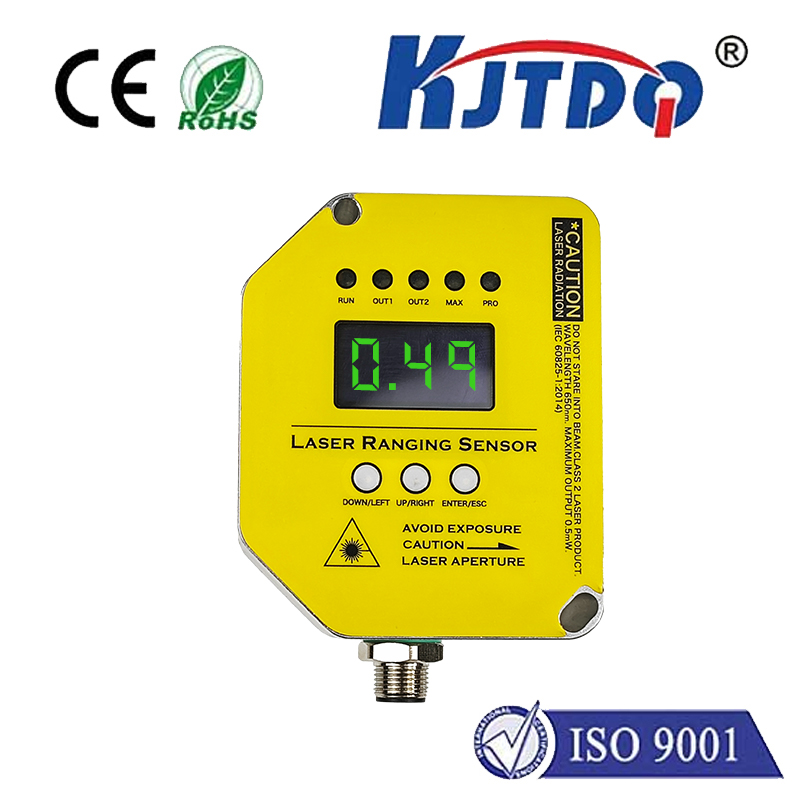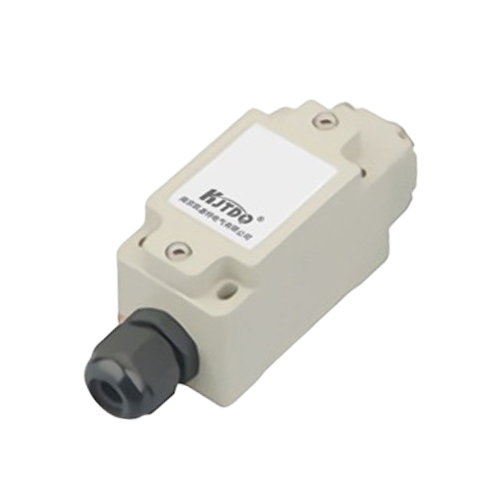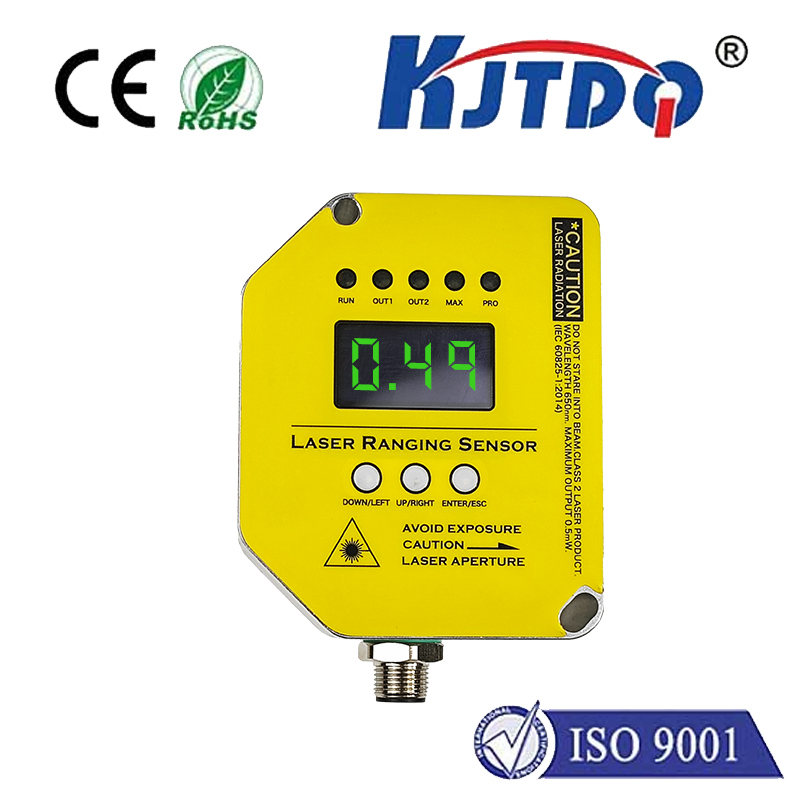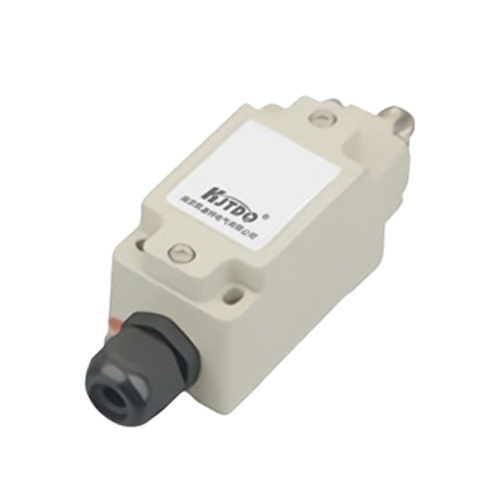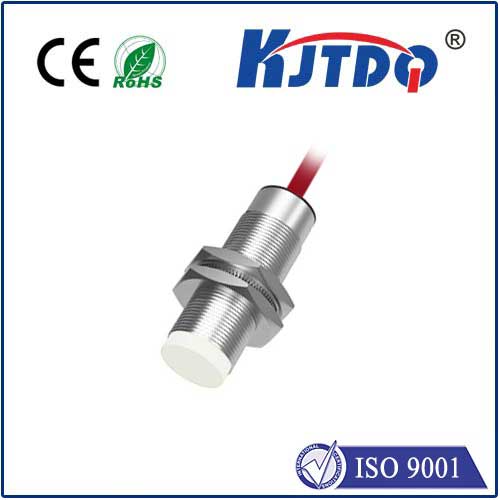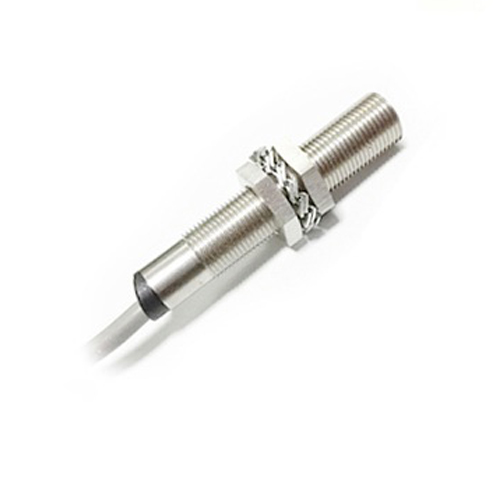

check

check

check

check

check

check

check

check

check

check
Title: Unveiling the Working Principle of a Photoelectric Sensor
Introduction
Photoelectric sensors are an essential part of modern technology, playing a crucial role in various applications ranging from industrial automation to consumer electronics. The working principle behind these sensors is fascinating and involves the interaction between light and electricity. In this article, we will delve into the inner workings of photoelectric sensors, understanding their function and how they contribute to technological advancements.
The Basic Mechanism

A photoelectric sensor, as the name suggests, utilizes the properties of light and electricity to detect objects or measure distances. It consists of a light source, typically an LED or laser diode, and a light receiver, usually a photodiode or phototransistor. The basic mechanism involves the emission of light from the source, which bounces off the target object and is received by the detector. By analyzing the received light, the sensor can determine the presence or absence of objects or calculate distances with precision.
Detection and Communication
When an object interrupts the path of the emitted light, it alters the amount of light that reaches the receiver. This change is then converted into an electrical signal using a process known as photoelectric effect. The strength and duration of this signal depend on various factors such as the size, distance, and reflectivity of the detected object. Once processed, this electrical signal can be used for several purposes including triggering alarms, controlling machinery, or communicating data.
Industrial Applications
Photoelectric sensors have revolutionized industrial automation, enhancing efficiency and reducing human error. They are employed in assembly lines for quality control, ensuring products meet specified criteria before moving to the next stage of production. Additionally, they are used in conveyor systems to sort items based on size or color, contributing to streamlined operations. Their accuracy and reliability make them invaluable tools in industries requiring precise measurements and high-speed operations.
Consumer Electronics
Beyond industrial settings, photoelectric sensors find their way into our daily lives through consumer electronics. They are integral components of smartphones, enabling features like automatic screen brightness adjustment and face recognition unlocking. Furthermore, they power motion-sensing games and security systems in homes, providing convenience and peace of mind.
Conclusion
Photoelectric sensors represent a marvelous blend of physics and engineering, transforming light into meaningful electrical signals. With their ability to detect objects and measure distances accurately, they continue to drive innovation across industries and enhance our everyday experiences. As technology advances, we can expect even more sophisticated applications of photoelectric sensors, further integrating them into our lives seamlessly.
